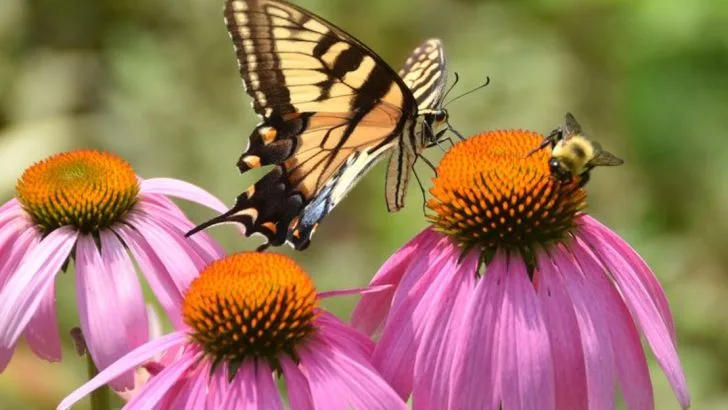Creating a butterfly and bee-friendly garden is a wonderful way to support pollinators that are essential to our ecosystem. Bees and butterflies play a vital role in pollinating plants, ensuring healthy crops, vibrant flowers, and thriving gardens. By cultivating a garden that attracts these important insects, you can contribute to biodiversity while also enjoying the beauty they bring.
Incorporating native plants, nectar-rich flowers, and safe spaces for nesting is key to creating a garden that supports pollinators throughout the year. Not only will you create a more colorful, lively garden, but you’ll also help sustain these crucial species during their migration and feeding cycles.
In this article, we’ll show you how to create a butterfly and bee-friendly garden, filled with flowering plants, habitat-friendly elements, and simple tips that help these pollinators thrive.
Choose Native Flowers
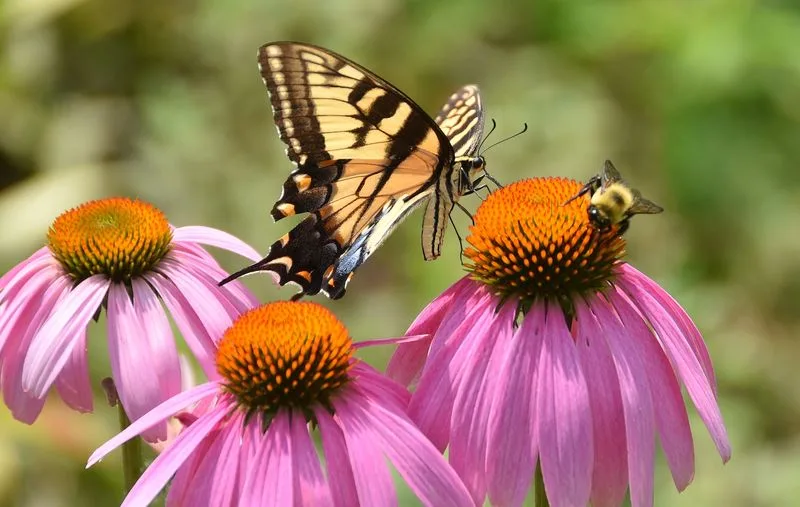
Native flowers are essential for attracting local pollinators. They provide the right nectar and pollen that bees and butterflies recognize and seek. Choosing locally adapted plants means they require less maintenance, as they thrive in the climate they’re accustomed to. It also means fewer pesticides and fertilizers are needed, creating a healthier environment for pollinators. For example, echinacea and wild lilac are popular choices in many areas. Their bright colors and rich nectar supply make them magnets for butterflies and bees, ensuring your garden is a bustling hub of activity.
Provide Water Sources
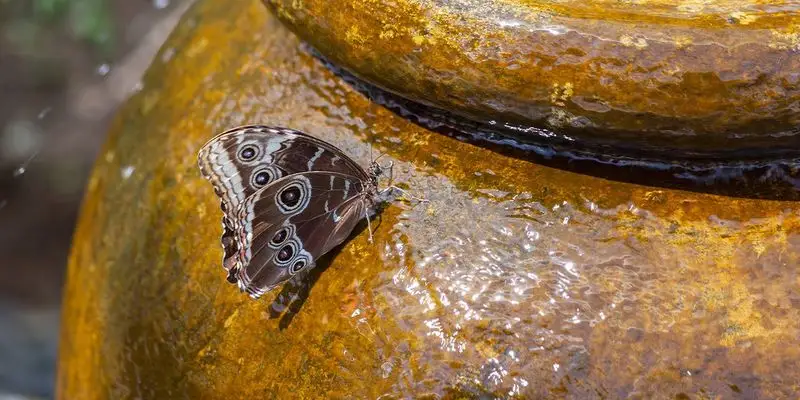
Providing water sources is vital for pollinators. Butterflies and bees need water for hydration and cooling. A shallow dish with pebbles or a birdbath can serve this purpose effectively. The stones give insects a place to land safely, preventing drowning. It’s essential to keep the water fresh and clean, changing it regularly. This simple addition can make a significant difference in attracting more pollinators. On hot summer days, a reliable water source can be a lifesaver for these tiny creatures, helping them thrive and continue their important work in your garden.
Avoid Pesticides
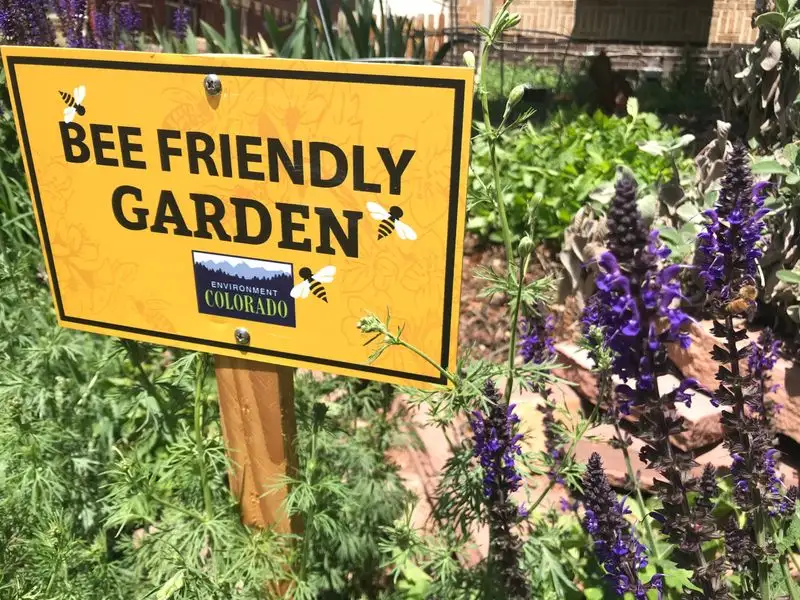
Using pesticides can inadvertently harm beneficial pollinators. Instead of chemical solutions, consider natural pest control methods. Introduce ladybugs, or plant pest-repellent herbs like mint and basil. These methods help maintain ecological balance, ensuring that beneficial insects can thrive without chemical interference. Opting for organic options not only protects pollinators but also contributes to a more sustainable environment. An organic garden can become a sanctuary for butterflies and bees, providing them with a safe, chemical-free home to flourish.
Include Host Plants
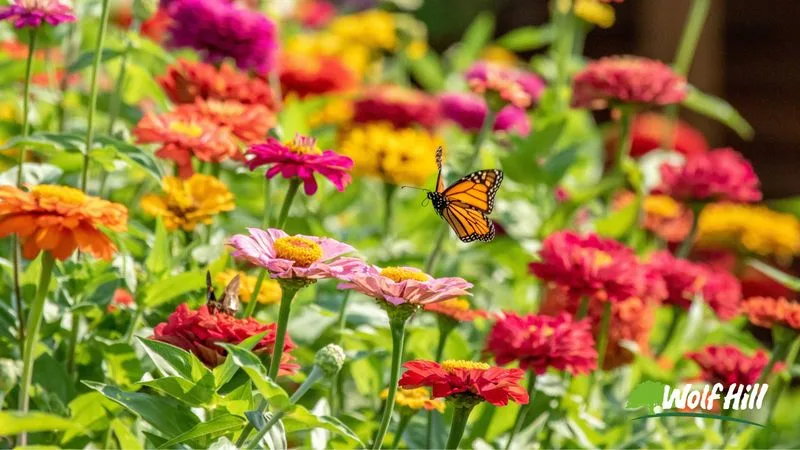
Host plants are crucial for butterfly life cycles. They provide a place for butterflies to lay eggs and caterpillars to feed. Milkweed is an excellent choice, particularly for monarch butterflies. By planting host plants, you offer a complete lifecycle environment, encouraging butterflies to stay. This creates a thriving ecosystem where both adult butterflies and their offspring can flourish. Incorporating host plants ensures your garden is not just a feeding spot, but a nurturing home for future generations of pollinators.
Plant in Clusters
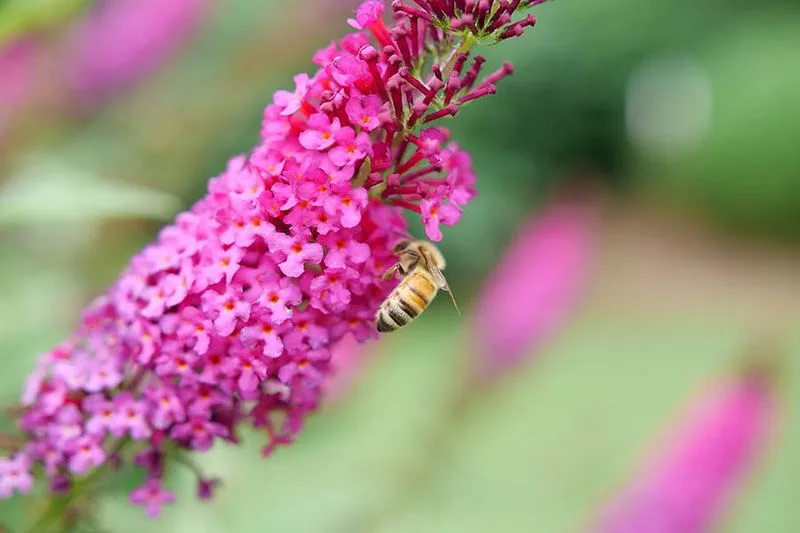
Planting in clusters makes it easier for pollinators to locate food. It creates a more efficient feeding ground, as butterflies and bees can move from flower to flower without expending too much energy. Grouping similar plants together also ensures a more robust display of color, attracting more pollinators. This strategy supports a more effective pollination process, as bees and butterflies can quickly gather nectar. Planting in clusters not only makes your garden visually appealing but also maximizes the chances of visits from these essential creatures.
Add Butterfly Feeders
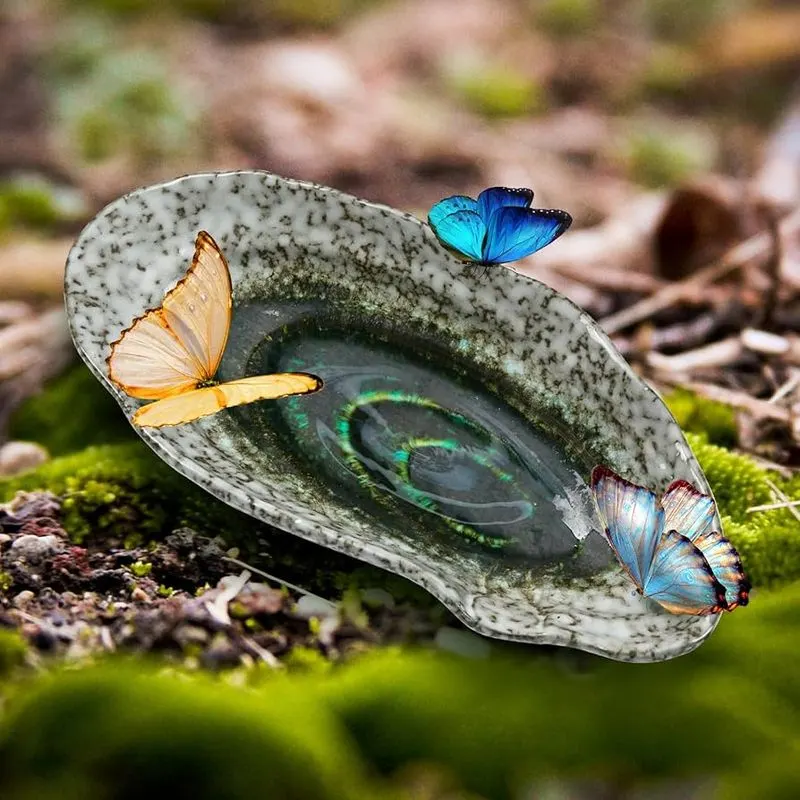
Butterfly feeders can provide additional nourishment when flowers are scarce. These feeders offer a mixture of sugar water, similar to the nectar found in flowers. Placing them strategically in your garden can attract butterflies, offering them a consistent food source. It’s crucial to keep the feeders clean and refill them regularly to prevent mold and attract more visitors. This extra food source can make your garden a preferred destination for butterflies, especially during times when natural nectar is limited.
Create Shelter
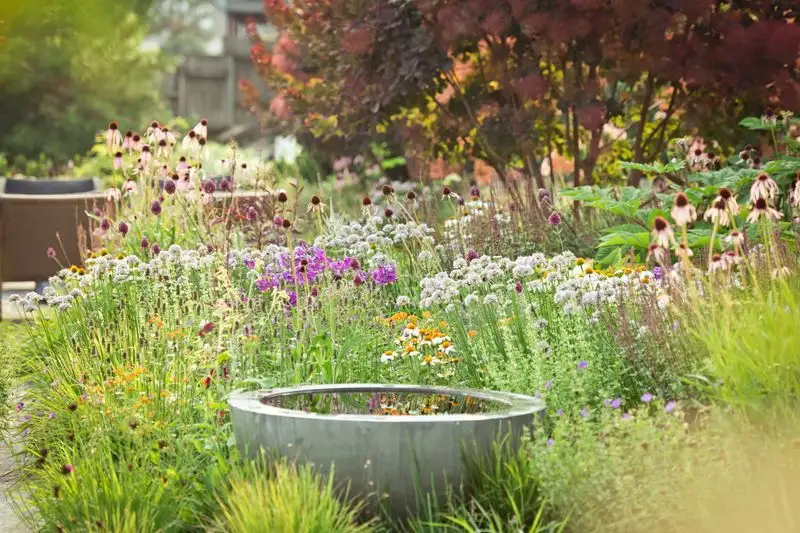
Shelter is vital for the safety of pollinators. Bee hotels or piles of logs can provide homes for solitary bees and other beneficial insects. These structures protect against harsh weather and predators, offering a safe space to rest. Incorporating different types of shelter in your garden can attract various species, increasing biodiversity. A garden that provides both food and shelter will see a more significant influx of pollinators, turning it into a thriving ecosystem. A well-protected garden is a welcoming home for these industrious creatures.
Glow-in-the-Dark Pathways
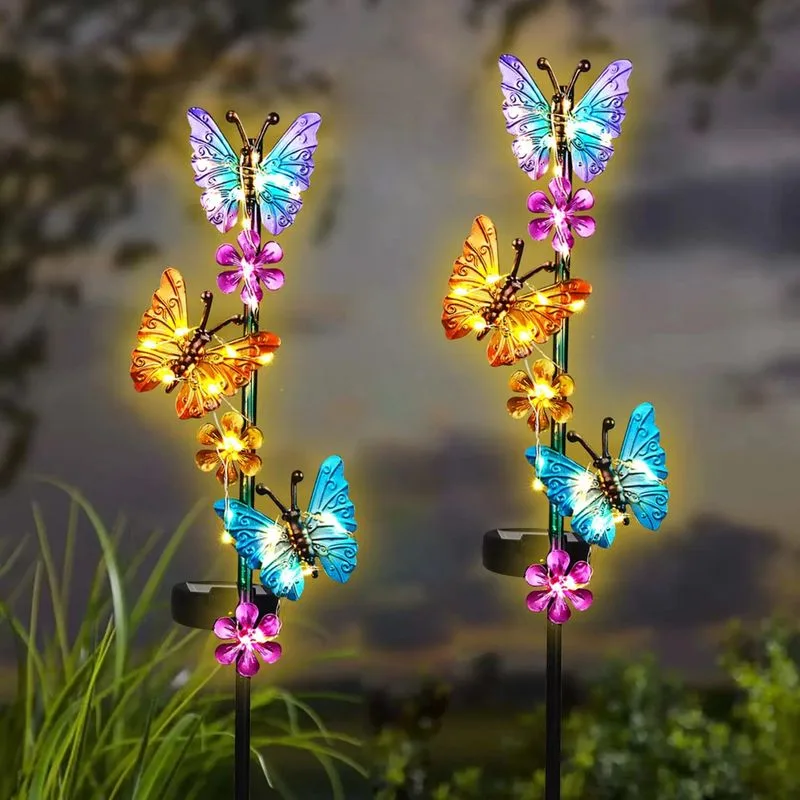
Imagine walking through your garden on a summer night, guided by a glowing path. By incorporating glow-in-the-dark pebbles or paints, you can create an enchanting environment. These glowing elements can help attract nocturnal pollinators, offering a unique experience for both you and the insects.
The subtle glow provides a gentle light source that doesn’t disturb the natural behavior of butterflies and bees. You can sprinkle these stones along garden paths or paint them on larger garden structures. It’s a whimsical way to light up your garden while supporting wildlife.
Miniature Art Installations

Art isn’t just for humans; insects can appreciate it too! By adding small, colorful art installations to your garden, you can create a visually stimulating environment.
These installations can include mini sculptures, painted stones, or even wind chimes that create pleasant sounds. The bright colors and gentle sounds can attract butterflies and bees, inviting them to explore your garden more.
This creative addition also offers a fantastic conversation starter and enhances the aesthetic appeal of your garden, turning it into a living masterpiece that teems with life.
Upcycled Insect Hotels
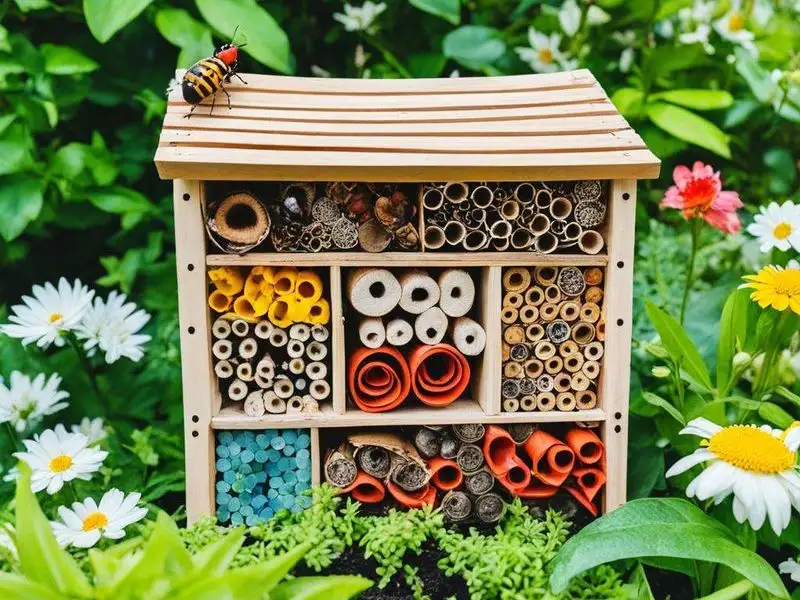
Transform your garden into a five-star insect hotel using recycled materials. By constructing shelters from items like old cans, wood scraps, and bamboo, you provide essential habitats for bees and butterflies.
These upcycled insect hotels not only offer shelter but also encourage biodiversity by attracting different species. You can customize them to fit any part of your garden, adding an eco-friendly flair.
This sustainable approach reflects your commitment to conservation, while simultaneously turning your garden into a buzzing hub of activity. It’s an imaginative way to support your local ecosystem.

